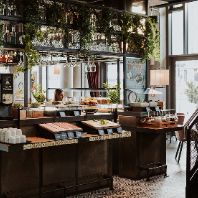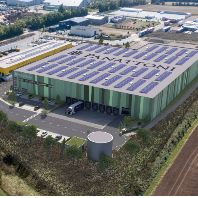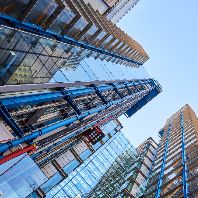What are the main changes in the physical retail sector that you expect to define the market in the post-covid world?
The number of store closures and the consolidation of retail, F&B and leisure outlets are reshaping the look, feel and content of city centres and shopping centres. This is driven by more than store closure; it also reflects changes in consumer behaviour that require the physical retail sector to reinvent itself to remain relevant. The recently announced plans for revised and substantially reduced retail content to the development plans for Croydon Town Centre are an example of this. Town centre retail and shopping centres need to be or become mixed-use developments offering facilities that consumers want and will visit – offices, cultural attractions (more leisure), education facilities, community uses such as medical centres are all examples of the content that owners of retail locations will need to repurpose their centres to accommodate. In addition to this, the changing role of the physical store is a factor that will reshape centres; online sales growth is a permanent shift in the market and Covid has accelerated that. Physical stores need to offer customers both convenience and experience, this will mean store sizes will change and mainly reduce in size as they serve a role as both a point of sale, a showroom and in many instances click and collect for the fulfilment of an online sale once the customer has browsed the products! Smaller stock rooms, smaller store sizes will all require the owner and retailer to work on physical reconfiguration, potentially releasing space for alternative uses such as those mentioned.
What have been the most significant changes to consumer behaviour that you have witnessed since the pandemic and Freedom Day? What is the key to addressing them?
There has been a strong customer return to physical shopping in recent weeks since the lifting of many of the Covid restrictions. This has been confirmed by the results of the major online retailers where the growth has stopped. In today’s FT Walmart reported disappointing online sales growth in Q2 and on the same day a surge in physical store sales from a strong back to school campaign in the US. There is a clear divide in the level of caution of consumers based largely on age, customers below 45 seem more confident in visiting physical retail locations, we have observed this at one of our larger centres – Docks Bruxsel in Belgium. We have also seen a very strong return to shopping with our footfall being substantially higher than during the same period of 2019, pre-pandemic. Unsurprisingly there has been a shift in consumption with more customers focussed on fashion, F&B and leisure than during the lockdowns as they purchase the items and experiences that were less available to them and less on home goods and electronics which had a boom during the pandemic. In my view, this increase in footfall for Docks is also because of consumer trends. CACI has recently released a consumer survey confirming post-pandemic trends, this identified an increased desire to support local retail centres, to visit retail destinations that were open-air, environmentally positive and offered multiple attractions with mixed-use, not just retail as well as an experience. Destination leisure, offices, event space significant F&B in an environmentally friendly environment are all characteristics of Docks. In the CACI report, they also confirmed the clear divide in intent to visit physical retail locations among younger customers and a shift favouring local high streets, shopping centres and away from large city centres.
Are there any concerns regarding managing future covid waves?
Most retailers and owners have learned a great deal during the pandemic about how to operate and engage with customers to reassure them with healthy shopping environments and social distancing measures being well defined. That should put the shopping centre market in a good position to cope with further waves. The risk remains more to be the unknown, stringent lockdowns and enforced closures impact cash flow and that is the greatest remaining risk along with the challenge of repositioning retail environments as mentioned above. Additionally, there are locations that will not be able to carry out the repositioning either physically or because of economic viability. In my opinion, the economic costs and challenges of repositioning will be the greatest risk and challenge to retail centres.
What role do you think temporary retail solutions will play during the recovery?
Embracing temporary solutions will be essential to success for the owners of retail centres. One of the most exciting aspects of the post-pandemic market will be the emergence of new retail and leisure concepts and formats. Temporary lettings, pop-ups, trials of new concepts and those owners who can accommodate and incubate the new formats with temporary retail solutions will in my view be the more successful owners. We are seeking to keep available floor space in a “white box” format for exactly this as the new formats emerge and develop.
What does the future hold for Portus Retail?
I am very optimistic for the future, there shall be an unprecedented need for repositioning of retail real estate; this will at times be painful, difficult, and expensive. As I have mentioned not all centres will have a viable future. We have already seen some of the emerging consumer surveys and corporate results confirm a return to growth in physical store retailing. I am therefore positive about the prospects for the sector, provided that these is locations and centres that are successful in the repositioning mentioned. This will be a huge economic and management challenge with the need for very hands-on management of the retail environments. The changes to come will present an opportunity for owners and investors, provided they are focussed upon the key consumer trends in the sector and prepared to work extremely hard. In conclusion, I expect Portus Retail to be extremely busy working upon repositioning of retail environments.















